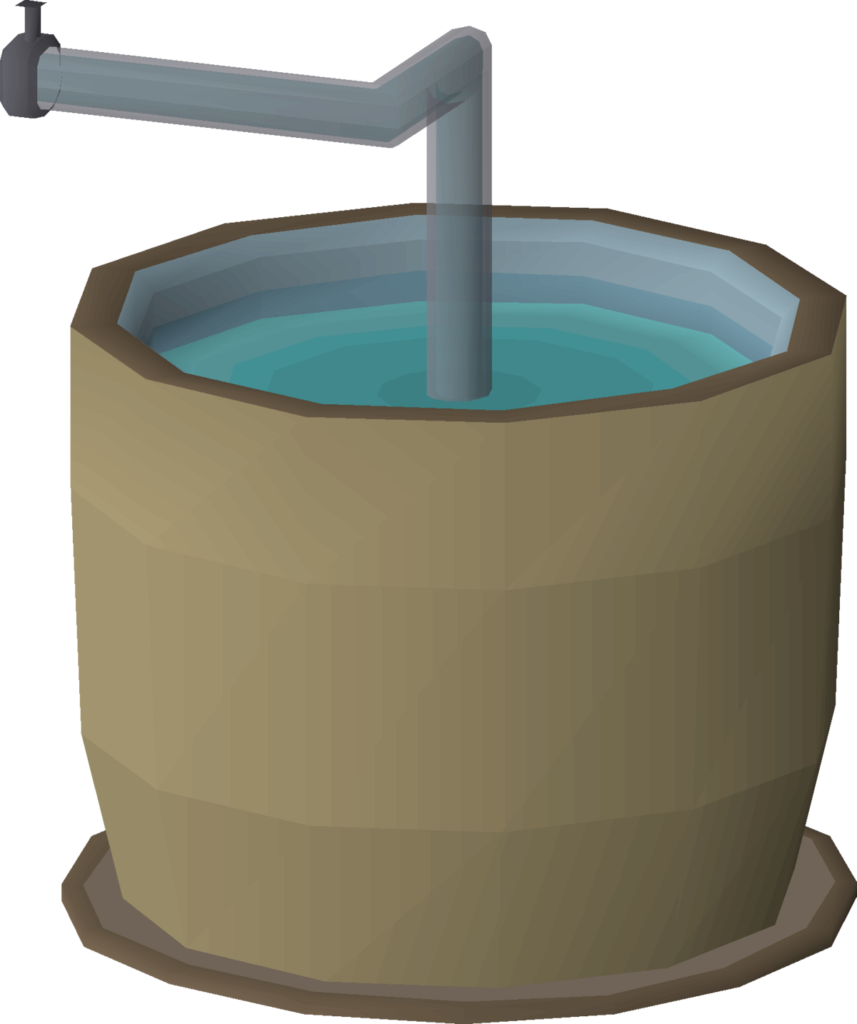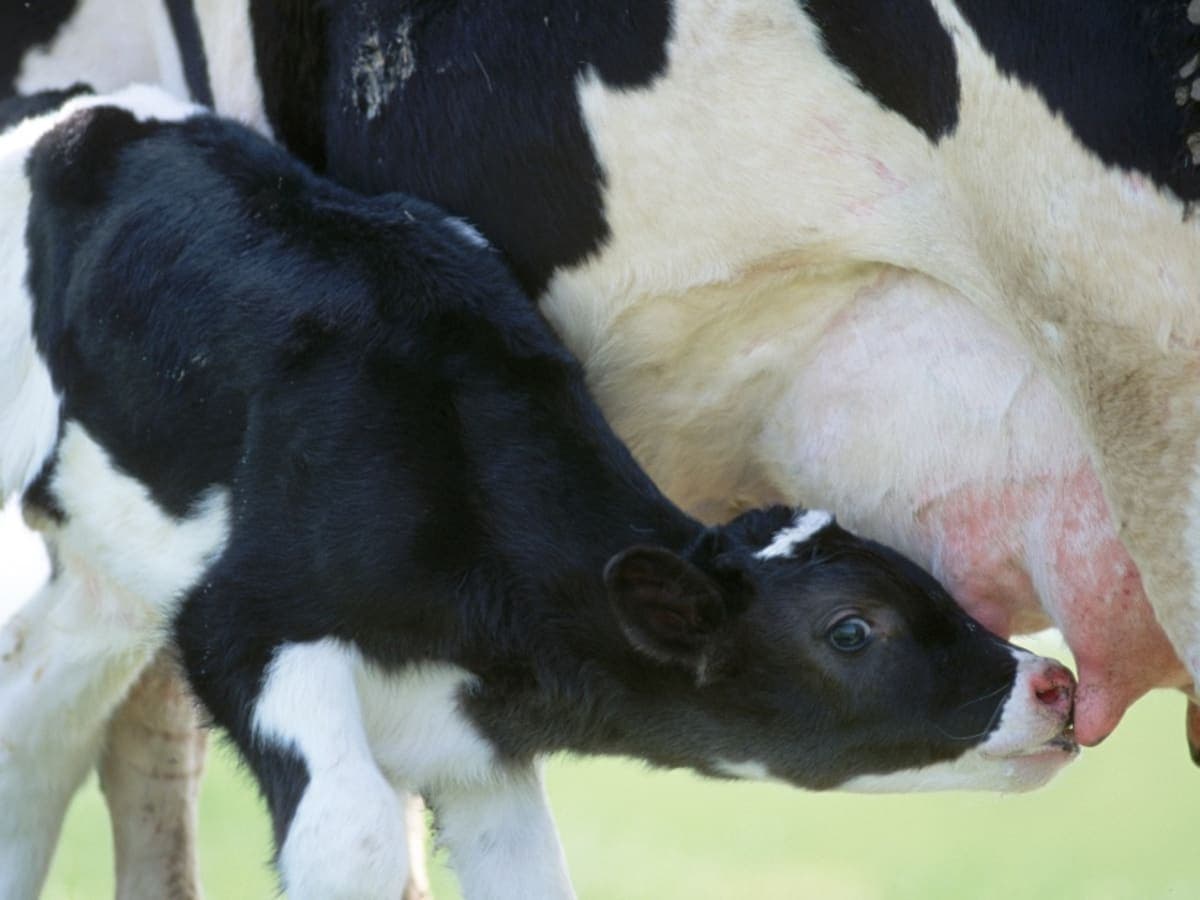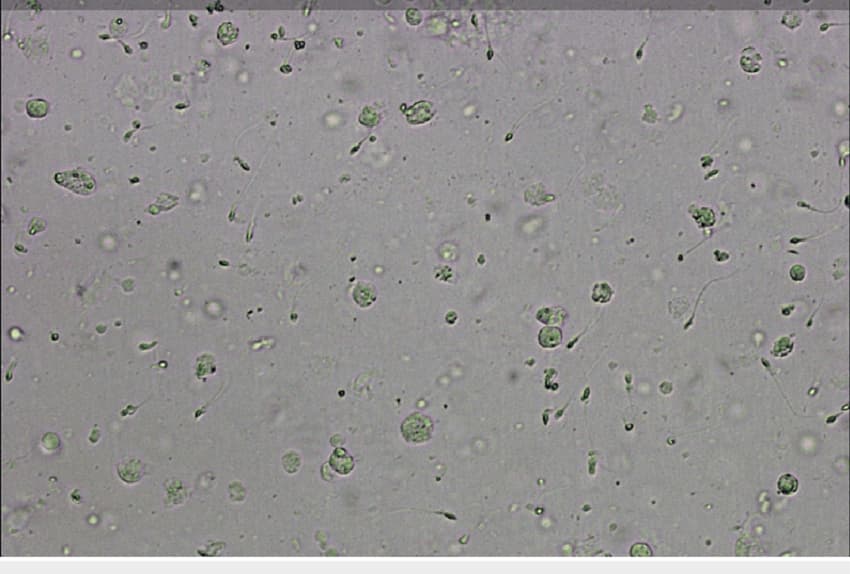Liquid vats, essential in various industrial processes, are designed to hold vast amounts of liquids, from chemicals and water to food products. Their significance cannot be overstated, as they play a critical role in storage, fermentation, and processing activities across numerous sectors. This article embarks on an exploration of liquid vats, their types, applications, and the latest advancements shaping their use.
Types of Liquid Vats
Liquid vats come in different materials and designs, each catering to specific industry needs:
- Stainless Steel Vats: Preferred for their durability and resistance to corrosion;
- Plastic Vats: Known for their versatility and cost-effectiveness;
- Glass-Lined Vats: Chosen for storing reactive and sensitive substances due to their inert properties.
Applications in Various Industries
- Brewing and Distilling: For fermentation and storage of beverages;
- Chemical Manufacturing: Used for mixing and storing chemical compounds;
- Water Treatment: Serve as reservoirs for treated and untreated water;
- Food Processing: Utilized in the preparation and storage of liquid food products.
Technological Advancements
Recent innovations have significantly improved the functionality and safety of liquid vats:
- Automated Monitoring Systems: Enable real-time tracking of the liquid’s condition;
- Advanced Coating Techniques: Enhance the vat’s resistance to corrosive substances;
- Eco-Friendly Materials: Reduce the environmental impact of vat production and disposal.
Safety and Maintenance Protocols
Maintaining liquid vats is crucial for ensuring their longevity and the safety of their contents:
- Regular Inspection: For detecting wear and tear or contamination;
- Cleaning Protocols: Depend on the vat’s material and the type of liquid stored;
- Safety Measures: Include the installation of overflow and leakage detection systems.
Choosing the Right Liquid Vat
Selecting a liquid vat requires considering several factors:
- Capacity: Based on the volume of liquid to be stored or processed;
- Material: Should be compatible with the liquid’s chemical properties;
- Temperature Control: Necessary for substances that require storage at specific temperatures.
Environmental Considerations
The environmental impact of liquid vats is an area of growing concern:
- Material Recycling: Promotes the reuse of vat materials, reducing waste;
- Energy Efficiency: Advances in vat insulation and heating systems reduce energy consumption;
- Water Usage: Innovations in vat cleaning technologies minimize water waste.
Future Outlook
The future of liquid vats is geared towards sustainability and efficiency:
- Smart Vats: Integration with IoT for enhanced monitoring and control;
- Sustainable Materials: Development of biodegradable vat materials;
- Regulatory Compliance: Adherence to evolving environmental and safety standards.
Innovations in Liquid Vat Design
The design of liquid vats has evolved significantly to meet the increasing demands for efficiency and sustainability in industrial processes. Modern vats are not just containers; they are complex systems equipped with sensors and controls to optimize the storage and processing of liquids. Innovations such as double-walled construction and temperature regulation systems have become standard features in many vats, enhancing their utility in industries that require precise environmental conditions, such as the pharmaceutical and food sectors. Additionally, the incorporation of smart technology allows for remote monitoring and management of vat conditions, reducing the need for manual oversight and increasing the safety and efficiency of operations.
These technological advancements have also extended to the materials used in vat construction, with a growing emphasis on lightweight, durable, and environmentally friendly options. Manufacturers are increasingly exploring alternative materials, such as advanced polymers and composite materials, to reduce the carbon footprint of vat production and improve the recyclability of these essential industrial tools. As industries continue to evolve, the design and functionality of liquid vats will undoubtedly keep pace, incorporating cutting-edge technologies to meet the future needs of global markets.
Sustainability Practices in Liquid Vat Usage
Sustainability in liquid vat usage has become a paramount concern as industries strive to minimize their environmental impact. A significant focus has been placed on developing and implementing practices that reduce energy consumption, water usage, and the overall carbon footprint associated with liquid storage and processing. One of the key strategies has been the adoption of eco-friendly materials in vat construction, which not only reduces the environmental damage from production processes but also enhances the recyclability of the vats at the end of their lifecycle. Moreover, advanced cleaning technologies have revolutionized the maintenance of liquid vats, significantly reducing the amount of water and chemicals required to keep vats in optimal condition. These technologies, including automated cleaning systems and environmentally safe cleaning agents, help to preserve natural resources while ensuring the cleanliness and safety of the vats.
Furthermore, energy-efficient heating and cooling systems have been developed to maintain the required temperatures for stored liquids with minimal energy use, thereby reducing the carbon emissions of industries reliant on liquid vats. As environmental regulations become stricter and consumer demand for sustainable practices grows, these innovations in liquid vat usage represent critical steps toward a more sustainable industrial landscape.
Comparative Table: Liquid Vat Materials
| Material | Advantages | Disadvantages | Ideal Use |
|---|---|---|---|
| Stainless Steel | Durable, corrosion-resistant | Higher cost | Brewing, Chemicals |
| Plastic | Lightweight, cost-effective | Less durable than metal, may degrade | Water storage, non-reactive chemicals |
| Glass-Lined | Chemically inert, prevents contamination | Fragile, expensive | Sensitive chemical processes |
In the realm of industrial equipment, liquid vats hold a pivotal role, adapting to the needs of diverse sectors with evolving technology and materials. As industries continue to seek efficient, safe, and environmentally friendly solutions, liquid vats will undoubtedly remain a crucial component, facilitating processes from manufacturing to waste treatment.
Conclusion
Liquid vats are indispensable to a myriad of industrial processes, serving a vital function in the storage and handling of liquids. With ongoing technological advancements and a shift towards environmental sustainability, the liquid vat industry is poised for significant evolution. By prioritizing safety, efficiency, and environmental responsibility, the future of liquid vats promises to further enhance their utility and effectiveness across industries.



